 Course Introduction
Course Introduction
Core Standards of the Course
Strand 1
Creative Development
Collaboration is crucial when developing computing innovations, because having multiple perspectives offers additional opportunities to find solutions.
-
Explain how collaboration affects the development of a solution.
-
Collaborate in the development of solutions.
Standard 2
Program Function and Purpose
-
Investigate the situation, context, or task.
-
Generalize data sources through variables.
-
Explain how a code segment or program functions.
Standard 3
Identifying and Correcting Errors
-
Identify and correct errors in algorithms and programs, including error discovery through testing.
-
Identify different types of errors such as logic, run-time, and syntax errors.
Performance Skill
Students will use problem solving skills and collaboration to explore the purpose of a program and identify and correct errors in a given program.
Strand 2
Computing and Data
Processing data is the main benefit of computer use.
-
Explain the differences between hardware and software and how they relate to input, storage, processing, and output.
-
Understand the different file sizes (bit, byte, kilobyte, megabyte, gigabyte, terabyte, and petabyte).
-
Calculate the binary (base 2) equivalent of a positive integer (base 10) and vice versa.
-
Compare and order binary numbers.
-
Lossy - reduce the number of bit stored while still being able to reconstruction the original data.
-
Lossless - reduce the number of bits stored but is only able to reconstruction an approximation of the original data - maintains quality.
Performance Skill
Students will differentiate between hardware and software, convert decimal to binary and binary to decimal, and identify when to use lossy vs. lossless compression.
Strand 3
Algorithms and Programming
Algorithms and programming languages are essential for solving problems and completing tasks.
Standard 1
Variables and Assignments
-
Use variables of different data types (examples: integer, float/double, characters/strings, boolean, etc.)
-
Convert data types to other data types.
-
Determine the value of a variable as a result of an assignment.
Standard 2
Mathematical Expressions
Standard 5
Boolean Expressions
-
Write and evaluate expressions using relational operators (==, ≠, >, <, ≥, and ≤).
-
Write and evaluate expressions using logical operators (AND, OR, NOT).
-
Write conditional statements, such as IF statements and ELSE IF statements.
-
Determine the result of conditional statements.
-
Write iteration statements, such as for loops and while loops.
-
Determine the result of iteration statements.
Standard 8
Calling and Developing Procedures/Functions/Methods
-
Write statements to call Procedures/Functions/Methods
-
Determine the result of a Procedures/Functions/Methods
Performance Skill
Students will use algorithms and programming to solve problems and evaluate the results.
Strand 4
The Internet
The Internet is built on systems that use protocols to transfer data.
-
Explain how computing devices work together in a network (Network, Path, Routing, Packets, Bandwidth).
-
Explain how the Internet works (Fault Tolerance, Protocols, HTTP, HTTPS).
-
Understand the difference between the Internet and the World Wide Web.
Standard 2
Web Development
Students will understand that the HTML programming language is used to create all websites on the internet and acts as the structure for a website.
-
Students will code the foundation for a basic webpage including the element tags <!DOCTYPE html>, <html>, <head>, <title>, and <body>.
-
Students will create pages with tags and attributes at the inline level. (<!DOCTYPE html>, <html>, <head>, <title>, <body>, <h1>, <h2>, <h6>, <p>, <br>, etc.)
Performance Skill
Students will explain how computer systems and networks, primarily the Internet, work. Students will design a simple webpage.
Strand 5
Impact of Computing
The impact of computing extends to societal, economical, and cultural issues.
Standard 1
Beneficial and Harmful Effects
-
Explore how an effect of a computing innovation can be both beneficial and harmful.
-
Explore advances in computing that have generated and increased creativity in other fields, such as medicine, engineering, communications, and the arts.
Standard 2
Digital Divide and Computing Bias
-
Explore issues that contribute to the digital divide (demographics, geographics, socioeconomic, equity, access, influence).
-
Explore how bias exists in computing innovations.
Standard 3
Legal and Ethical Concerns
-
Explain how the use of computing can raise legal and ethical concerns.
-
Understand how ease of access and distribution of digitized information raises intellectual property concerns regarding ownership, value, and use.
-
Understand the differences between Copyright, Creative Commons, Public Domain, & Trademark
-
Describe the risks to privacy from collecting and storing personal data on a computer system.
-
Explain how computing resources can be protected (password strength) and can be misused.
-
Explain how unauthorized access to computing resources is gained.
-
Understand essential cybersecurity concepts.
Performance Skills
Students will discuss the benefits and issues of computing. Students will develop and use safe internet practices.
Workplace Skills
Students will develop professional and interpersonal skills needed for success in the industry.
- Understand the difference between Hard Skills and Soft Skills.
- Identify Soft Skills needed in the workplace:
- Good communication
- Ability to problem solve
- Teamwork
- Critical Thinking
- Dependability
- Accountability
- Respect legal requirements and expectations


 UTAH EDUCATION NETWORK
UTAH EDUCATION NETWORK

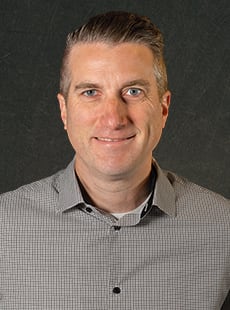 Justin
Justin Braxton
Braxton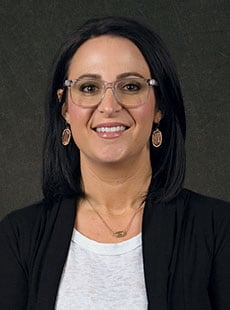 Dani
Dani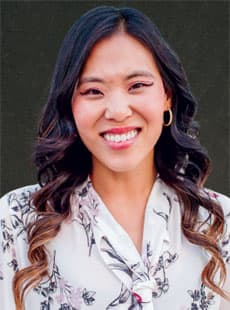 Kayla
Kayla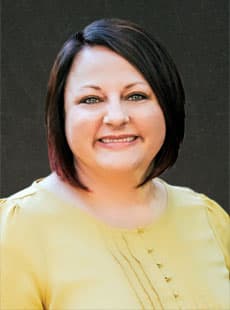 Katie
Katie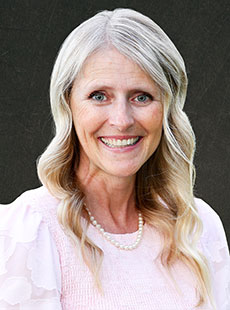 Lora
Lora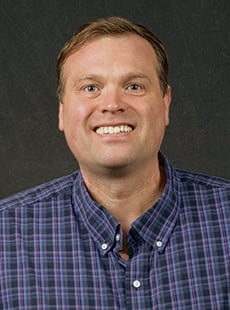 Rob
Rob Val
Val
